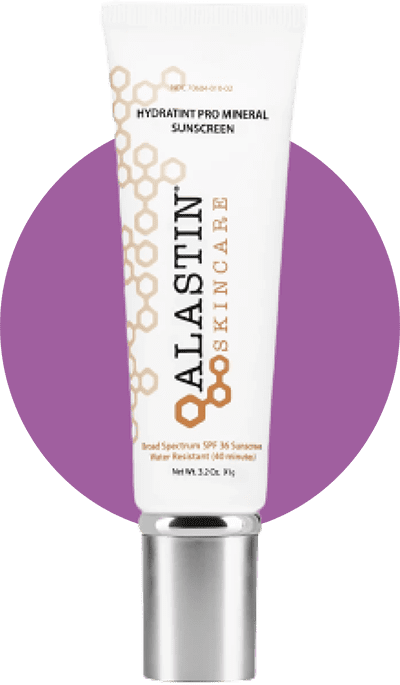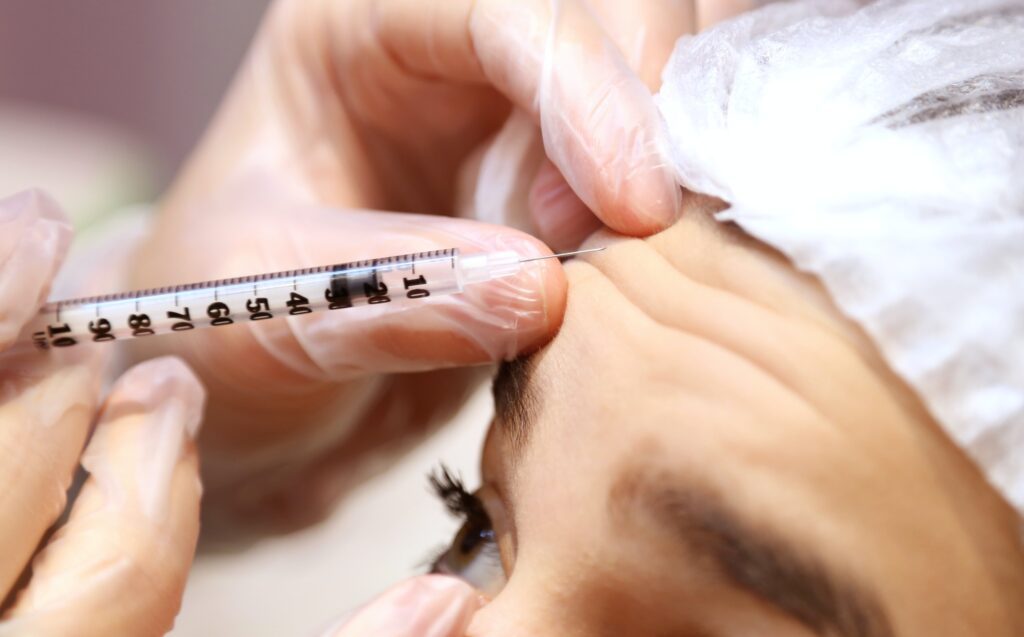
When most people think of Botox® treatments, their minds immediately turn to the most common reason that more than 7 million people seek Botox® each year: wrinkle reduction. Although Botox® is still the most common non-surgical cosmetic procedure used to combat wrinkles, many additional uses and facts about Botox® illustrate the reasons it is such a popular medical and cosmetic treatment option.
In fact, from its beginning, Botox® has been an extremely versatile solution used to treat several medical and cosmetic issues, ranging from chronic pain and excessive sweating to acne.
Botox® for Crossed Eyes (Strabismus)
The treatment of crossed eyes, or strabismus, is what led to the discovery of the medical use of Botox® in the first place. Because of Botox’s® ability to freeze muscle movement, it can help relax individual muscles around the eyes to help them align properly, thus reducing the blurred and double vision associated with strabismus.
The FDA first approved the use of Botox® for the treatment of strabismus in 1989. This subsequently led to its many additional uses, including the use of Botox® for wrinkles.
Botox® for Neck and Shoulder Pain
For nearly two decades, Botox® was only approved by the FDA for treating strabismus. However, over time, researchers saw its potential for serving other purposes and treating other common medical ailments, including a condition known as cervical dystonia.
Cervical dystonia is a neurological condition that causes muscles in the neck to contract involuntarily. This causes significant pain in the neck and shoulder areas and may cause the head to tilt to one side. Botox® relaxes these muscles, decreasing the rate and severity of contraction and providing patients with critical pain relief. As a result, some patients with other types of neck and shoulder pain also find that Botox® is an effective treatment.
Botox® for Excessive Sweating (Hyperhidrosis)
Another innovative FDA-approved use for Botox® injections is the treatment of hyperhidrosis or excessive sweating. Unlike those with normal perspiration, people with hyperhidrosis sweat extensively without normal causes For example, they may sweat while sitting still in a cool room.
When using Botox® to treat excessive sweating, medical professionals inject the neurotoxin near the sweat glands to effectively “turn them off,” providing critical relief — and dryness — for patients.
Botox® for Migraines
The FDA approved the use of Botox® to treat chronic migraines in 2010, citing the ability of Botox® to reduce both the number and frequency of these terrible headaches. In fact, even small doses of Botox® for migraines can have an incredible effect. Independent research conducted in the UK found that more than half of all Botox® patients reported a 50% or greater reduction in their headaches, including lower frequency and severity.
Botox® for Acne
Among the most interesting, recent, innovative uses for Botox® is its use for the treatment of acne.
As anyone who suffers from acne knows, the market is overflowing with products and solutions to reduce and prevent acne. Recently, researchers have experimented with using Botox® as well. The research is promising that Botox® can reduce the severity of acne breakouts by blocking the production of acetylcholine in the dermis of the skin, which is linked to the skin’s oil production. With the help of Botox®, patients can experience fewer and less severe breakouts.
Botox® for Masseter Muscle
The masseter muscle is located along the jawline and helps you chew. For most people, it is a highly pliable muscle that is easy to control. However, some people experience tightening in their masseter muscle, which can cause difficulty chewing, severe headaches, and teeth grinding. In this case, masseter Botox® injections can have a remarkable effect on a person’s pain and quality of life.
In addition, masseter Botox® can also help cosmetic patients sculpt and contour the face. If too tight, the masseter muscle can cause a squared-off jawline or facial imbalance. The muscle relaxing effects of Botox® can counteract these problems.
Cosmetic Botox® Beyond Wrinkles
Using Botox® for cosmetic treatments is not only an FDA-approved treatment, but it’s also the most common reason patients use it. However, several Botox® applications go beyond the treatment of wrinkles. For example, some people use Botox® for facial slimming as well as smoothing the skin around the neck and chin.
For patients interested in gaining a fuller lip line who are not ready for lip fillers, the Botox® lip flip is a popular alternative. Like its many medical applications, Botox® has a wide variety of cosmetic treatment options that are popular and effective.
Learn More about Botox® Treatments Today
If you are interested in more information on Botox treatments in Albany, NY, we invite you to stop by The Rejuva Center at Williams for a consultation. Our medical experts are experienced in a variety of Botox® uses, including many cosmetic applications and using Botox® to treat hyperhidrosis. Contact us today to schedule your appointment.
Erase Coarse Wrinkles, Fine Lines, and Sagging Skin in Just 2 Weeks!
Revitalize Your Skin with Next-Generation Formula From SkinMedica®
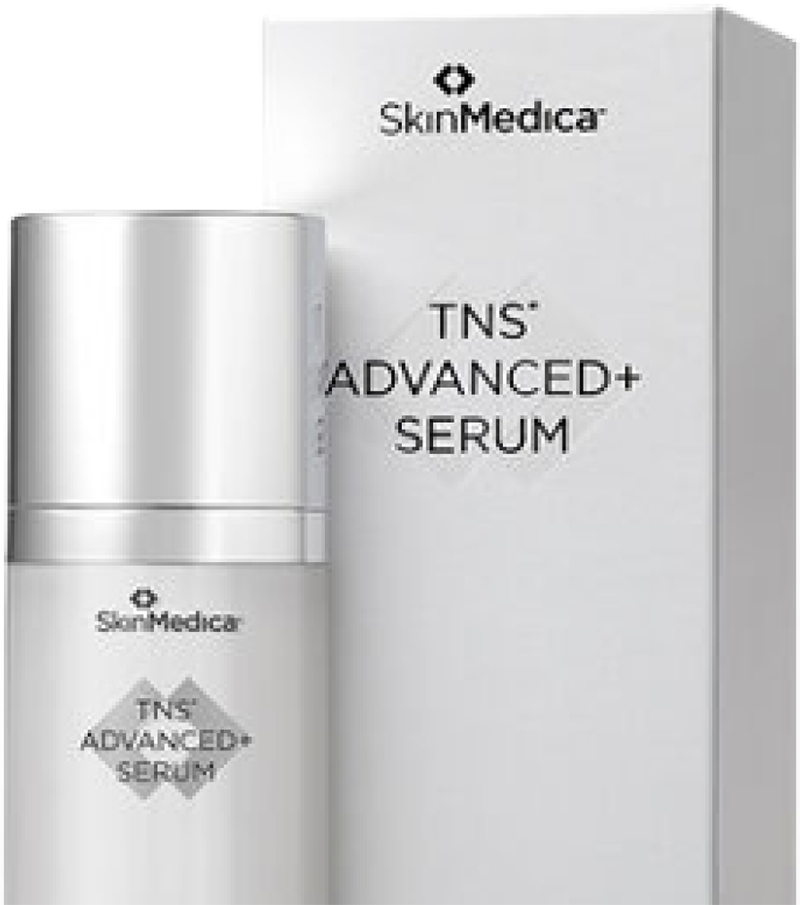
Recent Posts
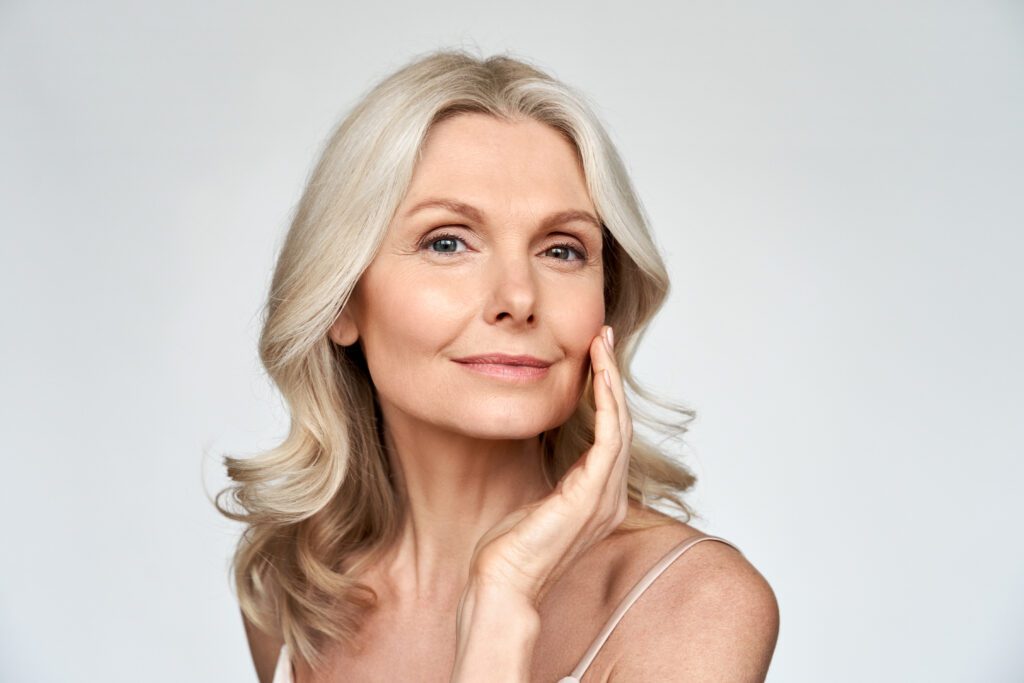
Reversing Smoking Damage to Your Skin
Smoking can cause significant skin damage, affecting both overall skin health and its appearance. However, smoking damage can be severe, but there are ways to reverse skin damage caused by…
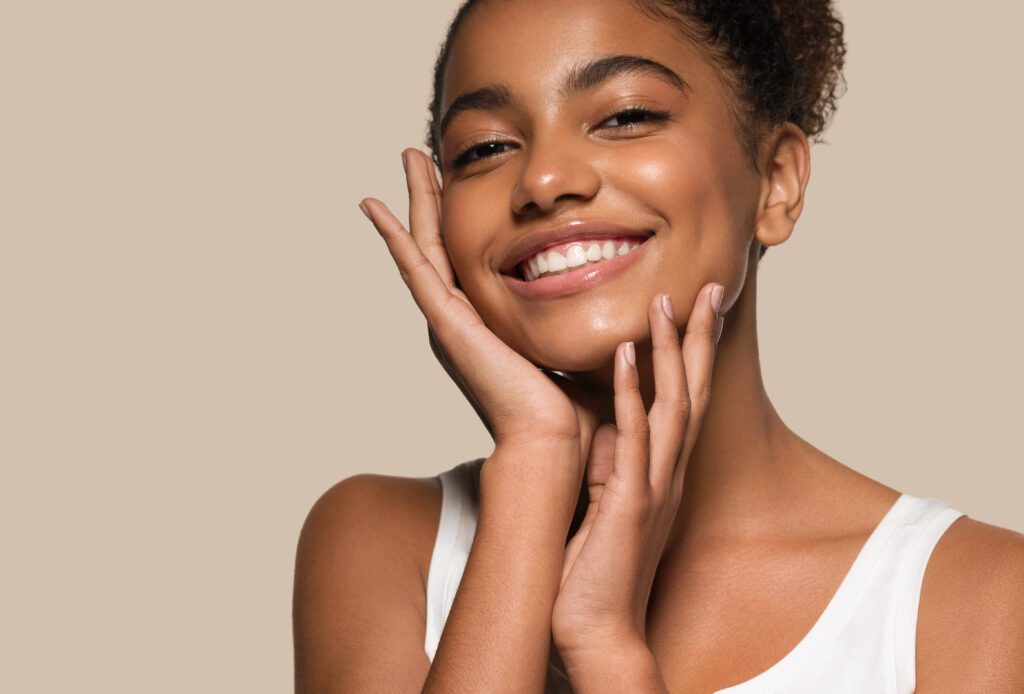
Balancing Holistic Practices with Cosmetic Treatments
A holistic approach to beauty, including focusing on lifestyle, nutrition, and mental well-being, contributes to skin health as well as general healthiness. Combining holistic practices like these with the non-surgical…
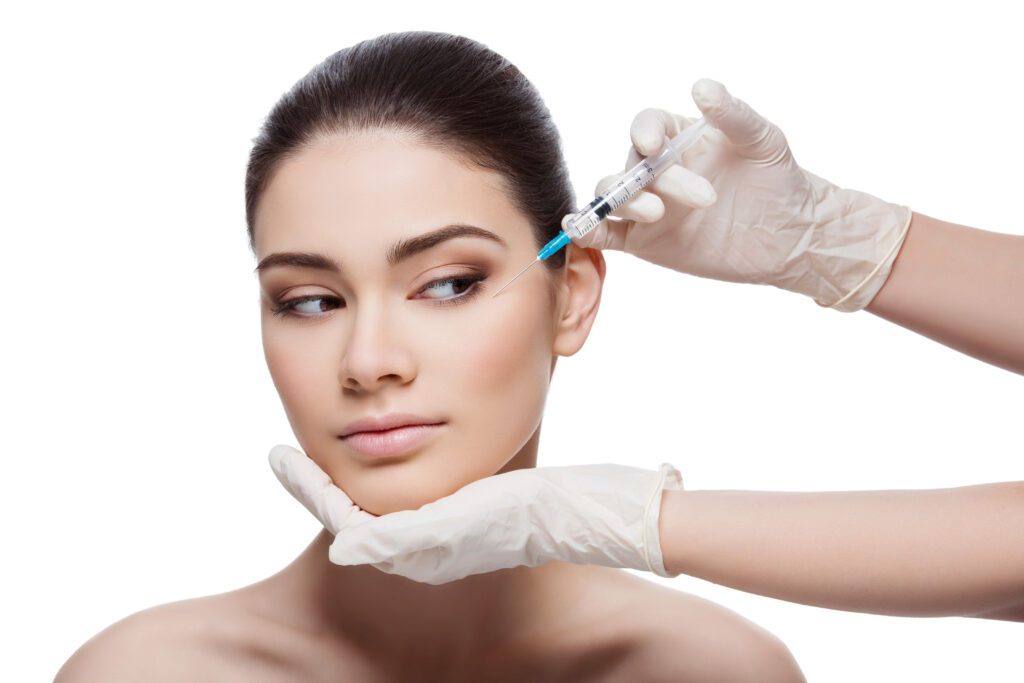
Xeomin vs. Dysport vs. Botox Injections
Xeomin®, Dysport®, and Botox® are all injectable treatments that belong to a class of medications called neuromodulators that use the same main ingredient, botulinum toxin type A. When used for…
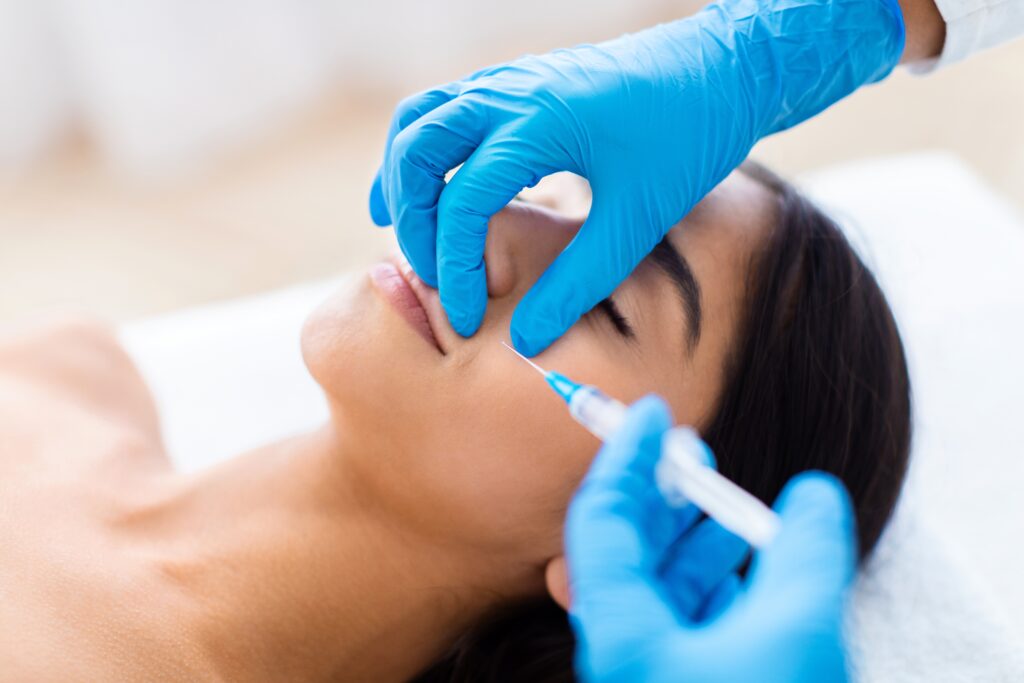
A Complete Guide to the Cosmetic Treatment Process: Start to Finish
Non-surgical cosmetic treatments are a great way to revive your look in a safe and effective manner, without the risks associated with surgery. Since 1999, The Rejuva Center at Williams…
Our Staff Favorite
HydraTint Pro Mineral Broad Spectrum Sunscreen SPF 36
